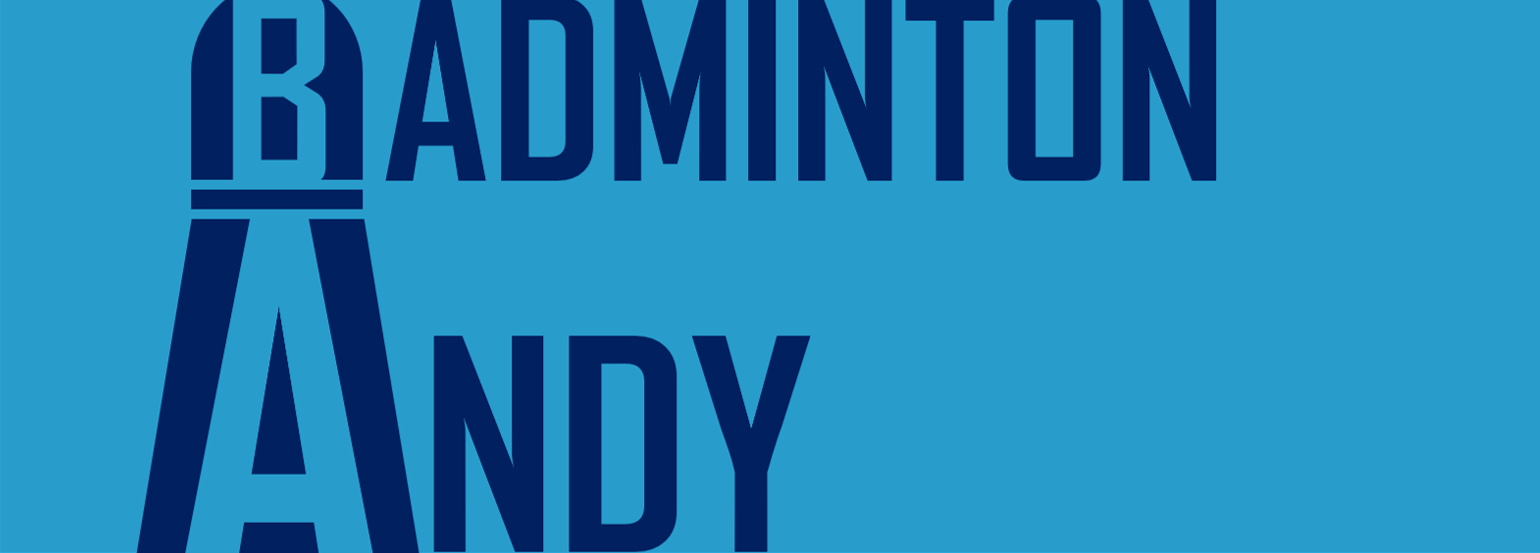Rivers of thinking
Recommended Posts (summary snapshot, click to read more)
Developing better players: switching teaching to learning
….. I’ve spent a good few years learning about HOW to teach; the essential components on what makes a good experience for young players, about coaching styles, different approaches to questioning strategies and really focused on the TEACHING element.
.. I’ve not spent enough time on their LEARNING – truly understanding what they are getting from the practices and sessions
———————————————————————————
Measuring the stuff that really matters
.. we can start to value what we can measure and NOT actually measure what we value
I am interested in learning. The development, continued progression of players and the trajectory and path they are on (regardless of age). I would like to know how those players had been improving and developing over periods of time and whether they were on the up, plateau or down.
———————————————————————————
…. Whilst we talk lots about wanting to develop this, the real question is, what do they look like and how do we foster these traits on the grass? I’m going to start by sharing some findings from a research study to help our understanding of just what it is we should be looking for within our children …..
Associative orientation: The people with creative talents may well be more imaginative, playful and have a wealth of different ideas.
Need for originality: The creative ones will often resists rules and convention; not sticking to what is expected.
Motivation: Creative people have a need to perform, are incredibly goal oriented and possess an innovative attitude.
Ambition: The people with bundles of creativity have a need to be influential, to attract attention and recognition.
Flexibility: Creative brains have the ability to see different aspects of issues and come up with optimal solutions.
Low emotional stability: Creative people have a tendency to experience negative emotions, greater fluctuations in moods and emotional state and a failing self-confidence.
Low sociability: The most creative have a tendency not to be very considerate, are often obstinate and will find faults and flaws in ideas and people.
———————————————————————————

